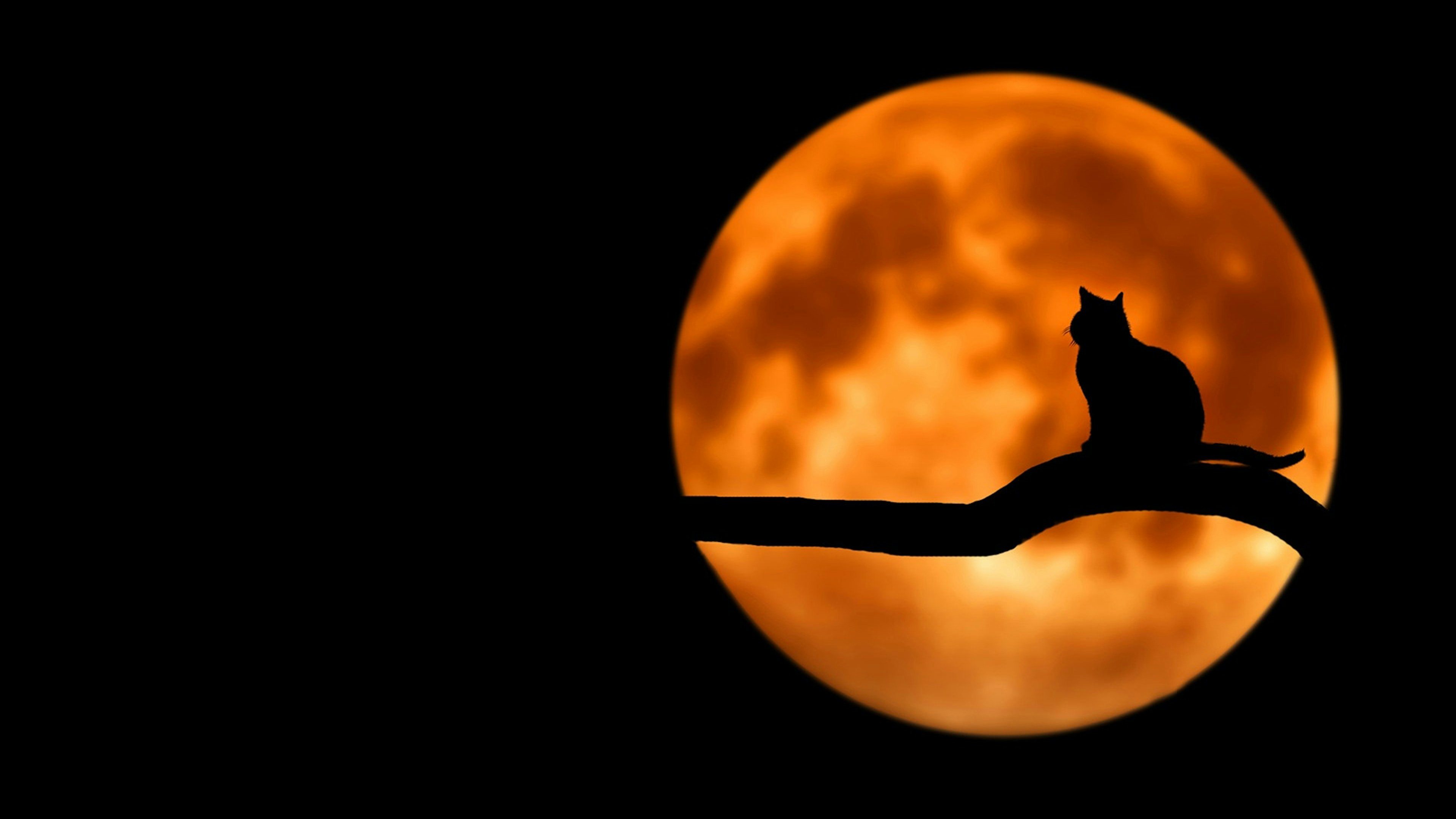
August’s night sky will feature two supermoons, both with Saturn nearby in the distant background. Here’s how to see both August 2023 supermoons — and a handy guide to what a supermoon actually is and why it happens.
What’s Super About a Supermoon?
A supermoon happens when the Moon makes its closest pass to Earth, or perigee, while it’s also full. During a supermoon, the Moon looks about 16 percent brighter and about 7 percent larger.
You probably won’t notice the slightly larger apparent size of the supermoon in the night sky, but the brightness will be hard to miss. A supermoon is a great chance to grab a pair of binoculars and take yourself on a tour of the lunar surface. Weather permitting, you can get a surprisingly good look at mountains, valleys, and craters on the Moon.
The Moon orbits Earth once every 27.3 days (it rotates at the same speed, which is why the same side of the Moon is always facing us), but its orbit isn’t a perfect circle; it’s an ellipse, or oval, and one end of the oval is closer to Earth than the other. So once a month, the Moon passes perigee. About two weeks later, it’s at apogee, or its greatest distance from Earth.
When the Moon is full at its perigee, we see a supermoon. During part of the Moon’s orbit, Earth is between the Moon and the Sun (but not exactly between, because that would cause a lunar eclipse, which does happen). When that happens, the Sun’s light falls on the whole side of the Moon that’s facing us, so we see the whole visible face of the Moon palely reflecting sunlight in our night sky. That’s a Full Moon.
Full Moons and lunar perigee both happen once a month, more or less, but they only overlap a few times a year. And in August 2023, it’s happening twice.

When to See August 2023’s Two Supermoons
Because the Moon’s orbit is a little more than 27 days long, while our calendar months are 28, 30, or 31 days long (thanks so much, Gregory XIII), we sometimes get to see two full Moons in a single month. The second one is called a Blue Moon, as in “once in a Blue Moon, the Moon is full twice in the same month.”
On the night of August 8, the full supermoon will rise a little after 9:00 p.m. Eastern and set in the early morning hours. The August 8 Moon is also called the Sturgeon Moon, because its appearance once heralded a bustling season for rock sturgeon in the Great Lakes. Today, rock sturgeon aren’t as abundant as they once were, but the name has stuck.
The night of August 30 features another supermoon, which is also a blue Moon. After that, the next supermoon — and the last one of this year — will happen on the night of September 28. But if you only do something once in a blue Moon, it’s time to do it, because your next chance will be in May 2026.
How Far Away is the Supermoon?
“Close” is a relative term, especially when it’s applied to objects in space. During a supermoon, the Moon is about 226,000 miles away from Earth; at apogee, it’s about 252,000 miles away (and yes, the Moon looks about 7 percent smaller in the sky at apogee).
To get a sense of the distance involved, NASA suggests some extremely scientific fiddling around with a basketball and a tennis ball. These are good models for the relative size of Earth and the Moon. Measure the width of the basketball, then put the tennis ball 30 times that distance away. That’s the average distance from Earth to the Moon, or about 239,000 miles. Now move the tennis ball about two basketball-widths closer; that’s a supermoon.







